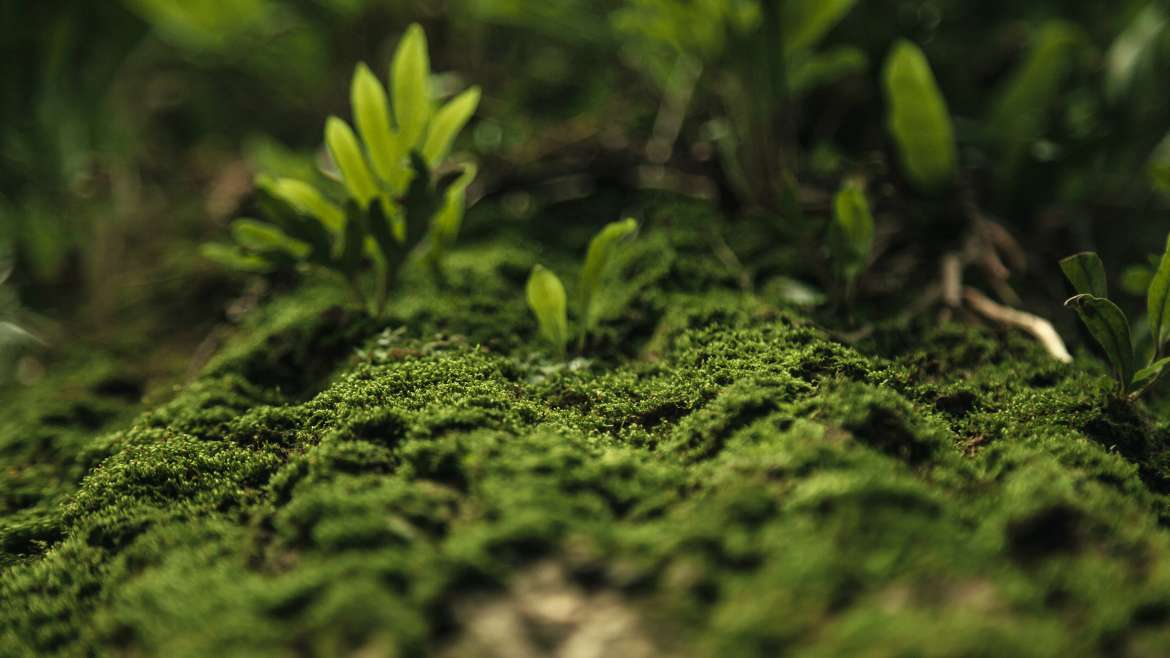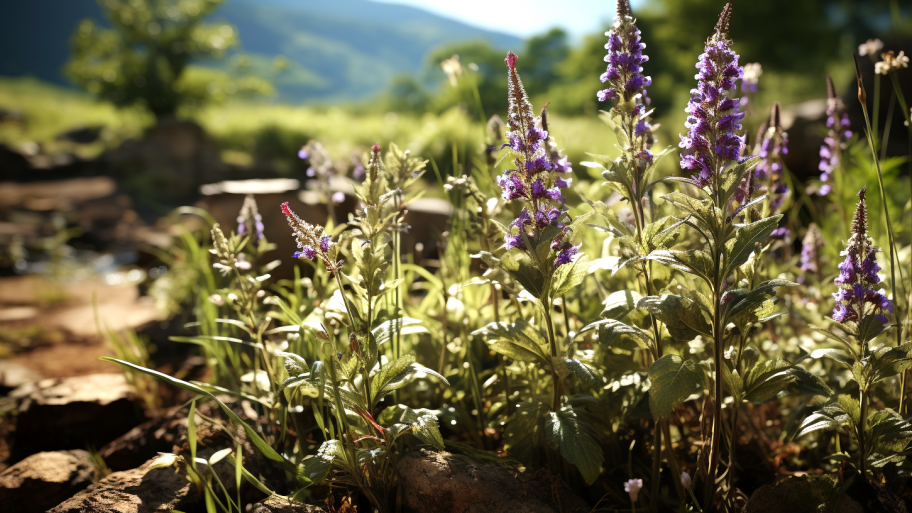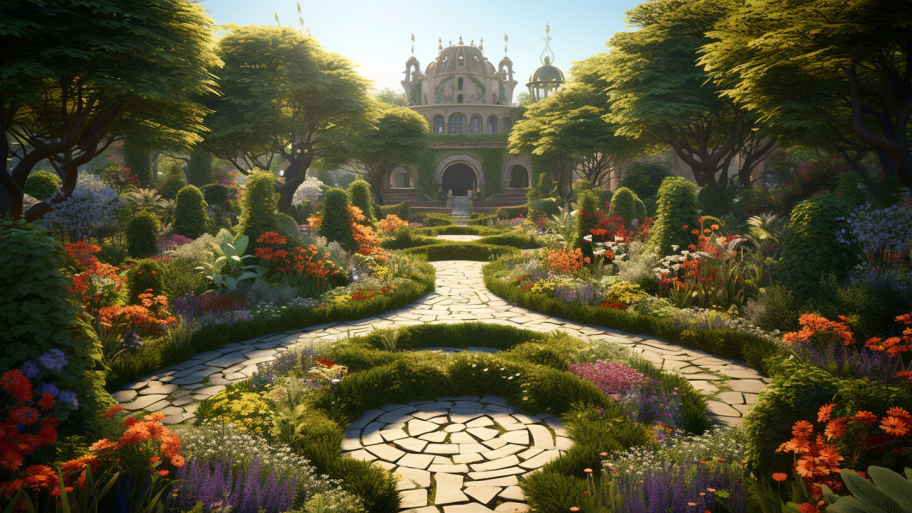Before you begin designing your moss garden, it’s essential to prepare the site to ensure the best possible conditions for your moss to thrive. Consider the following factors when preparing your garden space:
- Soil: Most mosses prefer acidic soil with a pH between 5.0 and 6.0. You can perform a soil test to determine the pH of your garden soil and make adjustments accordingly, such as incorporating peat moss or elemental sulfur to lower the pH.
- Shade: While some mosses can tolerate sunlight, most species prefer dappled to full shade. Observe your garden throughout the day to determine the sunniest and shadiest spots, and select moss species accordingly.
- Drainage: Mosses need moisture to thrive, but they don’t like standing water. Ensure that your garden has adequate drainage to prevent waterlogging while still retaining enough moisture for the moss to grow.
Creating Moss Garden Designs: Combining Aesthetics and Function
With your site prepared, it’s time to unleash your creativity and design your dream moss garden. Here are some tips and techniques to help you craft a moss masterpiece:
- Define your garden’s purpose: Do you want your moss garden to serve as a serene retreat, a functional ground cover, or an artistic focal point? Defining the purpose of your garden will help guide your design choices and ensure a cohesive final result.
- Play with texture and color: Mosses come in a variety of textures, from the plush, carpet-like sheet moss to the upright, spiky haircap moss. By incorporating different moss species, you can create a visually appealing garden with depth and interest. Additionally, mosses display a range of green hues, from bright emerald to soft sage, which can be artfully combined to create a captivating color palette.
- Integrate hardscape elements: Moss gardens can be enhanced by the addition of rocks, boulders, stepping stones, and even garden sculptures. These hardscape elements can provide contrast and structure, creating a dynamic and engaging landscape.
- Complement with shade-loving plants: While mosses can be the star of your garden, you can also integrate other shade-loving plants to add variety and interest. Consider incorporating ferns, hostas, and woodland wildflowers to create a lush, diverse understory.
- Experiment with vertical spaces: Moss can grow on a variety of surfaces, including tree trunks, walls, and rocks. Don’t be afraid to incorporate vertical elements into your moss garden design to create a truly immersive, three-dimensional experience.
As you conclude your journey through the design process, you’re undoubtedly eager to learn how to maintain your moss garden for long-lasting beauty and success. The final article in our series, already available for your reading pleasure, covers essential maintenance and problem-solving techniques to keep your moss garden thriving. Delve into the world of moss care and become a true moss gardening aficionado!




